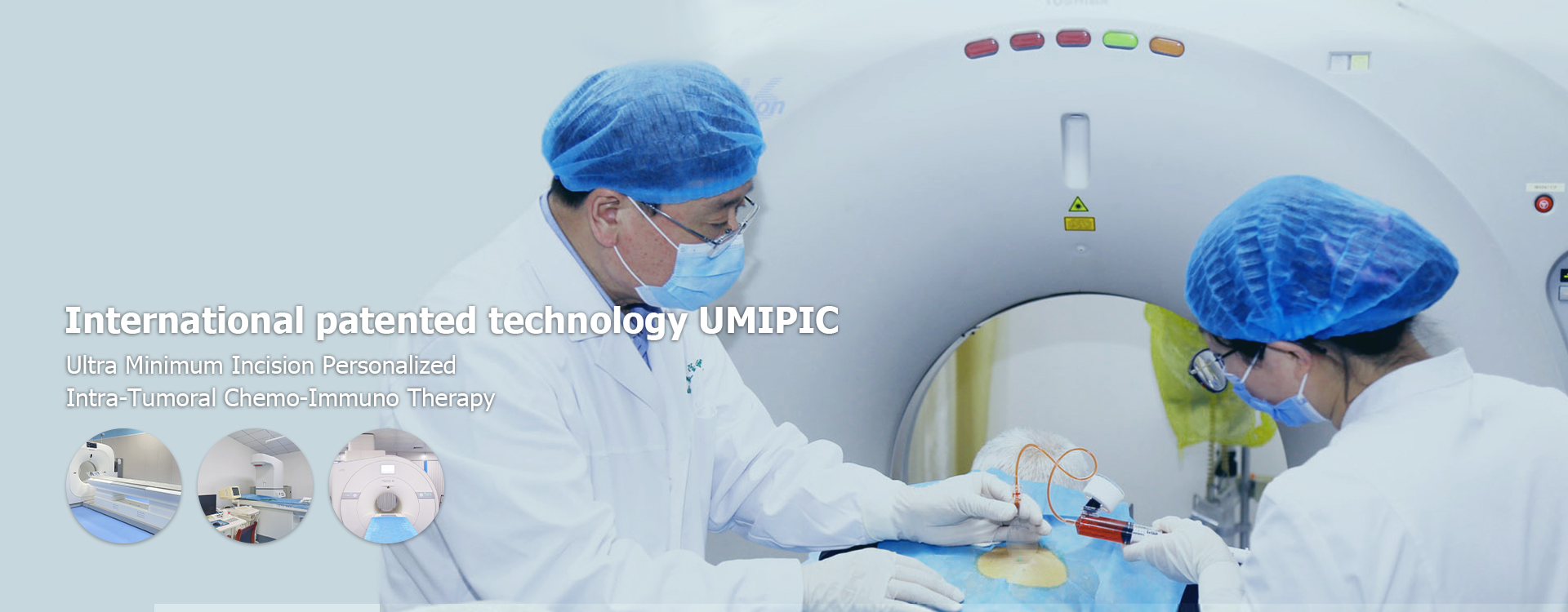
China papillary renal cell carcinoma
China Papillary Renal Cell Carcinoma: A Comprehensive OverviewUnderstanding China Papillary Renal Cell Carcinoma: A Detailed Guide
Papillary renal cell carcinoma (PRCC) is a type of kidney cancer that originates in the lining of the kidney tubules. This guide offers a comprehensive overview of PRCC, specifically focusing on its prevalence, diagnosis, treatment, and research within China. While specific data on China papillary renal cell carcinoma is limited publicly, we'll explore available information and relevant global research to provide a clearer understanding. This information is for educational purposes and does not constitute medical advice. Always consult with a qualified healthcare professional for any health concerns or before making any decisions related to your health or treatment.
Prevalence and Risk Factors in China
Precise epidemiological data on China papillary renal cell carcinoma is challenging to obtain due to variations in reporting and data collection methods across different regions. However, the overall incidence of renal cell carcinoma (RCC) in China is rising, mirroring global trends. Several risk factors are associated with RCC development, including:
Known Risk Factors for RCC
- Smoking
- Obesity
- Family history of RCC
- Exposure to certain toxins
- Von Hippel-Lindau (VHL) disease
Further research is needed to pinpoint specific risk factors contributing to the prevalence of PRCC within the Chinese population.
Diagnosis of Papillary Renal Cell Carcinoma
Diagnosis of PRCC typically involves several methods, similar to other types of RCC:
Diagnostic Methods
- Imaging tests: CT scans, MRI scans, and ultrasounds are used to detect tumors in the kidney.
- Biopsy: A small sample of tissue is removed and examined under a microscope to confirm the diagnosis and determine the specific type of RCC (including PRCC).
- Blood tests: While not diagnostic on their own, blood tests can help assess kidney function and detect elevated levels of certain substances that may indicate the presence of cancer.
Treatment Options for PRCC
Treatment approaches for PRCC vary depending on several factors, including the stage of the cancer, the patient's overall health, and the specific characteristics of the tumor. Common treatment options include:
Treatment Approaches
- Surgery: Surgical removal of the tumor (partial nephrectomy or radical nephrectomy) is often the primary treatment for localized PRCC.
- Targeted therapy: Drugs that target specific molecules involved in cancer growth are used to slow or stop the progression of the disease. Examples include inhibitors of vascular endothelial growth factor (VEGF) and mammalian target of rapamycin (mTOR).
- Immunotherapy: This type of treatment harnesses the body's immune system to fight cancer cells. Checkpoint inhibitors are a commonly used immunotherapy approach for advanced RCC.
- Radiation therapy: This is less commonly used in PRCC but may be employed in certain situations.
Research and Future Directions
Ongoing research aims to improve the understanding and treatment of PRCC. Studies are focusing on:
Research Focus Areas
- Identifying new biomarkers for early detection and prognosis.
- Developing more effective and less toxic treatments, including personalized therapies.
- Understanding the genetic and molecular basis of PRCC to guide treatment decisions.
Collaborations between international research institutions and organizations like the Shandong Baofa Cancer Research Institute are crucial for advancing our understanding of China papillary renal cell carcinoma and improving patient outcomes globally.
Disclaimer: This information is intended for educational purposes only and should not be considered medical advice. Always consult with a healthcare professional for any health concerns.
Related products
Related products
Best selling products
Best selling products-
 Anthony, lymphocytic cancer patient from the United States 24
Anthony, lymphocytic cancer patient from the United States 24 -
 Famous American female painter Muriel
Famous American female painter Muriel -
 PAT, rectal cancer patient from the United States
PAT, rectal cancer patient from the United States -
 Nell Smith, a throat cancer patient from Switzerland
Nell Smith, a throat cancer patient from Switzerland -
 Mark, a prostate cancer bone metastasis patient from the United States
Mark, a prostate cancer bone metastasis patient from the United States -
 Andress, a 9-year-old boy from the United States
Andress, a 9-year-old boy from the United States
Related search
Related search- treatment pancreatitis cost
- symptoms of pancreatic cancer
- Cheap cancer of the gallbladder cost
- China new lung cancer treatment breakthrough 2020 Hospitals
- Cheap stage 3 non small cell lung cancer treatment cost
- long term side effects of lung cancer treatment near me
- China top lung cancer treatment centers cost
- Cheap hifu prostate cancer treatment near me near me
- stage 1 prostate cancer treatment cost
- treatment pancreas cancer cost





